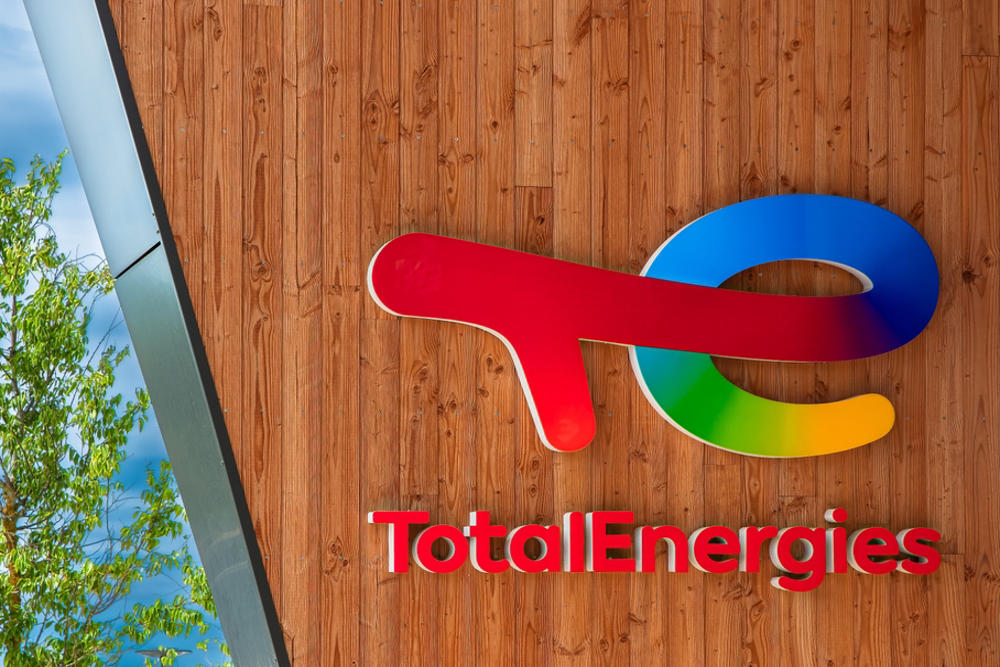
Green LOHC has a vision to build safe and scalable hydrogen transport and storage chains in Australia, both for large off-grid energy users domestically and for export to Europe and Asia.
As the exclusive Australian partner for Hynertech Co Ltd’s liquid organic hydrogen carrier (LOHC) technology, Green LOHC is developing a hub-andspoke strategy where cost effective hydrogen can be transported to domestic customers away from a hydrogen production hub.
The novel technology resolves the long-standing challenges of high cost and poor safety associated with conventional high pressure and cryogenic hydrogen storage technologies, by storing hydrogen in a liquid organic carrier at ambient temperature and pressure. This enables hydrogen to be transported via pipelines, tanks, and drums for commercial-scale applications using existing energy infrastructure.
LOHC technology involves utilising a hydrogenation plant at the point where hydrogen is produced, which pushes hydrogen gas through a catalyst.
In the presence of the chemical and catalyst, the catalyst encourages the chemical to add hydrogen atoms and a chemical reaction occurs that produces heat and nothing else. Notably, the catalyst and liquid organic chemical does not use any reagents or expensive platinum group metals, and tests have shown that neither degrades over 100-plus cycles of hydrogenation.
Once the hydrogen has been stored in the liquid carrier, at a ratio of about 5 to 6 per cent hydrogen by weight, it can be transported to where it is needed and put through a dehydrogenation or release unit, which reverses the initial chemical reaction by adding heat.

David Paull, Executive Director at Green LOHC, told Green Review that the hydrogenated liquid had two to three times the density of highly compressed hydrogen and only one-third that of ammonia, but did not come with all the issues that ammonia has.
The LOHC has an ignition point higher than 150 degrees Celsius, melting point below minus 20 degrees Celsius, and boiling point higher than 300 degrees Celsius, making it significantly safer than gasoline and diesel.
Paull said: “Once you’ve put it in the liquid, you can pump it into all the same infrastructure used for diesel as it will have the same handling parameters.
“Whether it’s hydrogenated or dehydrogenated, there’s no difference in the chemical properties whatsoever. It’s a relatively simple process, but the proprietary combination of the catalyst and LOHC is vital.”
Along with off-grid applications, LOHC technology will have a strong business case to be utilised on the periphery or fringe of a grid, or for high-energy applications that need guaranteed green back-up power such as data centres, hospitals, and concert venues.
Moreover, it stands to be a carbon-free replacement for diesel-powered energy production in remote communities and mine sites, particularly as they adopt renewables production such as wind and solar.
Renewables baselines for miners are at 50 per cent and the requirement is probably going to be 70 to 80 per cent as we head towards 2030, Paull explained, and then by 2040 it will probably be 100 per cent.
Paull said: “The energy demands of the mining industry are growing rapidly, and these solutions at the grid level are critical for decarbonising industry.”
“No matter how good the battery technology is, at some point there will be a trade-off between the size of the battery you can have and the amount of renewable energy you need to power that battery, versus the cost of an alternative fuel.
“That’s what green hydrogen is – an alternative fuel to cover the black spots when you don’t have wind and solar at particular times.”
The technology will be demonstrated at a scale of 1,000 to 1,500 tonnes a year through a LOHC hydrogenation demonstration plant at the Oakajee strategic industrial area near Geraldton in the Mid West of Western Australia.
The plant is aiming to service the region’s mining industry through the supply of stationary fuel cells for power generation into microgrids and will allow for mine sites to introduce hydrogen onsite.
Importantly, the LOHC supply chain and demonstration plant is immediately scalable to meet growth, subject to green hydrogen productioncapacity at Oakajee.
This presents an opportunity to export hydrogen from the Mid West, with the Netherland’s Rotterdam Port having identified the region as the best source of large-scale green hydrogen production and Germany wanting to import 10 million tonnes of hydrogen by 2030.
The feasibility of export to Rotterdam Port is being assessed through a trilateral study along with the Mid West Port Authority and Germany’s Fraunhofer Institute for Solar Energy Systems. European ports such as Rotterdam also have efficient existing pipeline infrastructure to move the fuel inland to industrial centres. North East Asia alsopresents as an attractive export destination given the proximity to the Mid West











